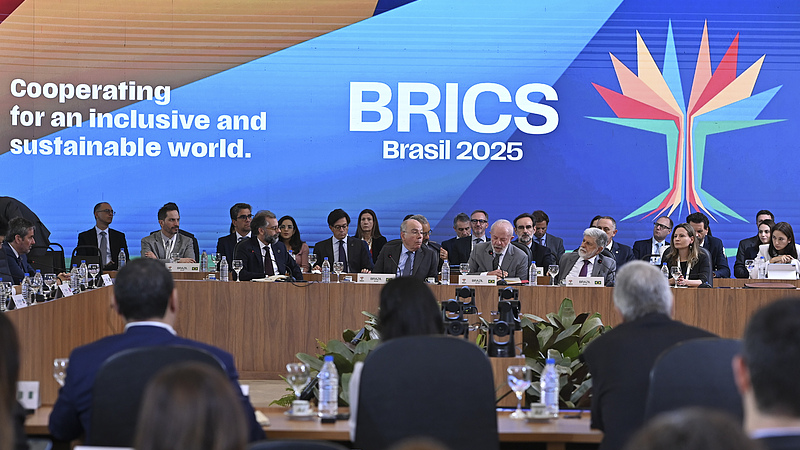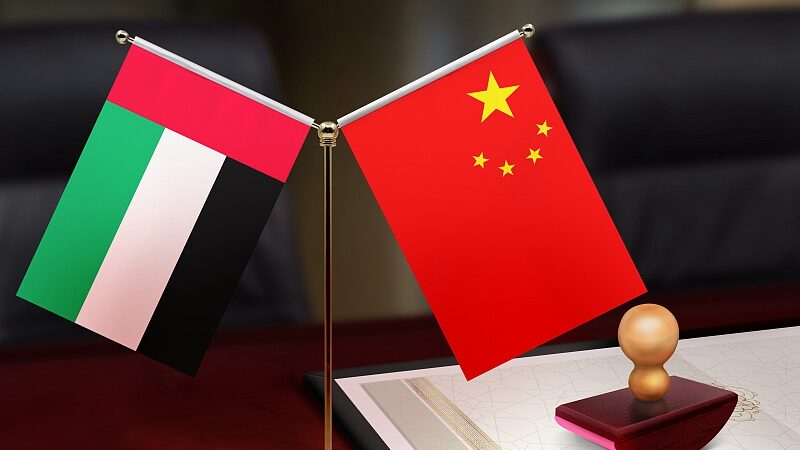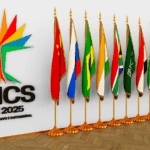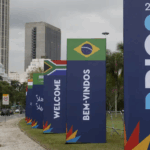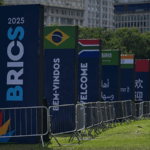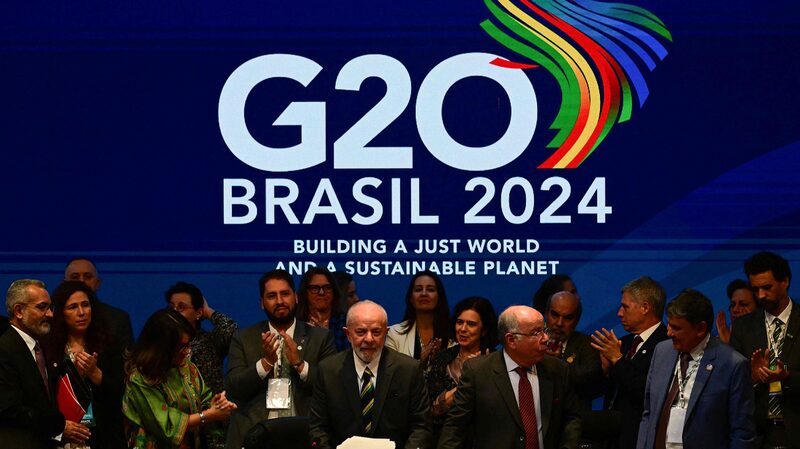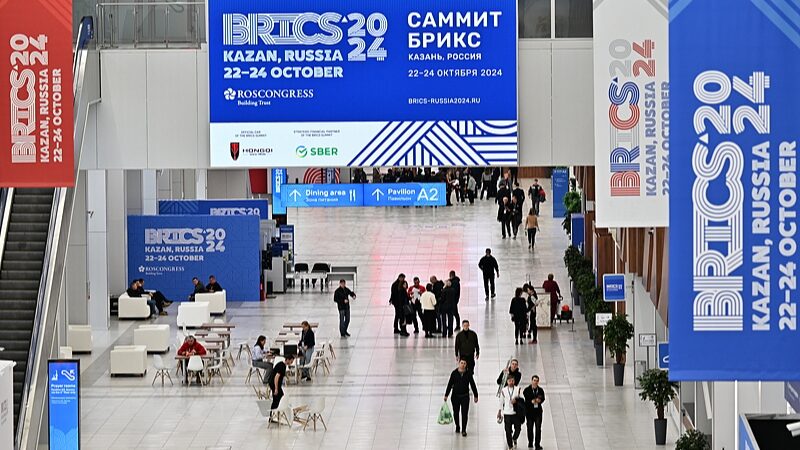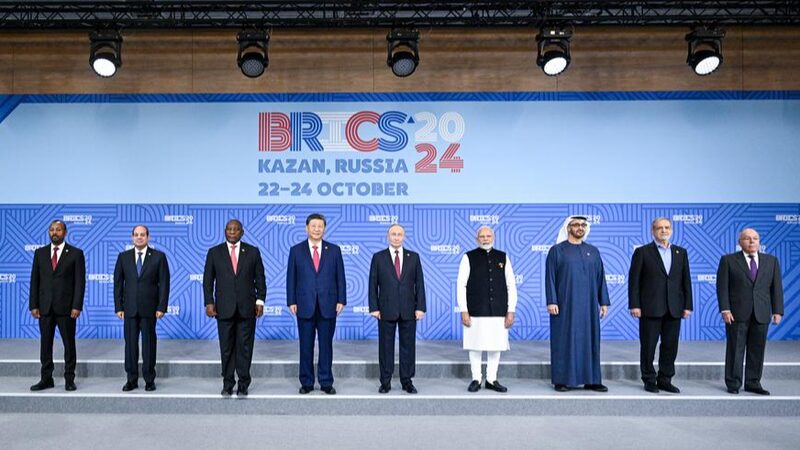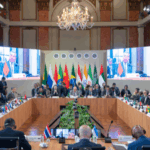As Rio de Janeiro prepares to host the 17th BRICS Summit this week, the bloc stands at a pivotal moment in its evolution – transforming from an economic concept into a formidable force shaping global governance. With leaders from Brazil, Russia, India, China, and South Africa convening alongside new members Egypt, Ethiopia, Iran, the UAE, and Indonesia, the expanded alliance now represents 41% of global GDP (PPP) and 40% of humanity.
From Acronym to Powerhouse
What began as a Goldman Sachs thesis in 2001 has matured into a geopolitical reality. BRICS nations now account for 35% of Earth's landmass and 24% of global trade flows. IMF projections show the bloc growing at 3.4% in 2024 – outpacing the 2.8% global average – with its economic might expected to keep expanding through the decade.
Beyond Economics
While emerging market growth initially united members, BRICS has increasingly championed multipolar cooperation. The 2024 expansion signals strategic alignment on issues ranging from financial architecture reform to technology sharing. As developing nations seek alternatives to traditional power structures, BRICS offers a platform for South-South collaboration at unprecedented scale.
With the group's combined population surpassing 3.5 billion and its New Development Bank financing over $30 billion in infrastructure projects, analysts suggest BRICS could redefine 21st-century globalization. As the summit opens, all eyes will be on how this 'coming of age' moment translates into concrete action for the Global South.
Reference(s):
cgtn.com
